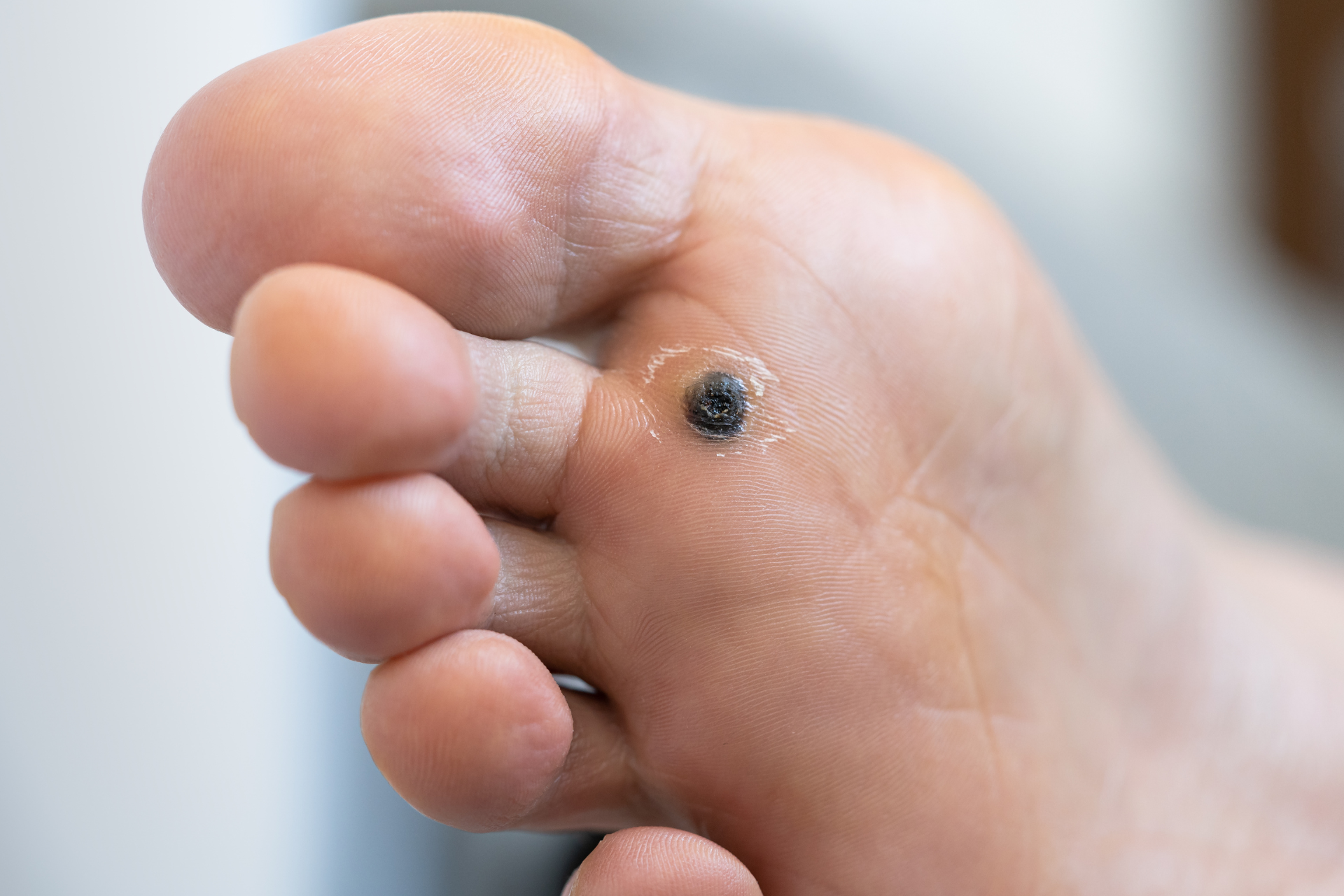What It Means When Warts Turn Black: Causes and Next Steps

At Fall Creek Skin and Health Clinic, we understand that skin changes can be concerning, especially when a wart takes on an unexpected appearance, such as turning black. While warts are generally harmless, changes in their color can indicate various underlying factors. In this post, we'll explore the causes of black warts and what steps you should take if you notice this change.
Understanding Warts
Warts are benign growths caused by the human papillomavirus (HPV). They can occur anywhere on the body but are most commonly found on the hands, feet, and face. Warts can look different, but they usually appear as small, rough bumps on the skin. Understanding why a wart may change color is essential for monitoring your skin health.
Common Causes of Black Warts
1. Kernel Formation
Sometimes, warts can develop a hard core over time, usually due to repeated pressure and irritation. As the wart matures, the kernel can harden, appearing darker, even black. This is a natural progression and not necessarily a reason for alarm.
2. Hemorrhaging
If a wart is traumatized or repeatedly scratched, blood vessels inside it may burst. This bleeding can turn the wart a dark color. While this may look alarming, it often isn’t a serious problem, but you should keep an eye on it to ensure it doesn’t get infected.
3. Treatment Reactions
If you have treated a wart with methods such as cryotherapy (freezing) or laser therapy, the wart might darken as it heals. This discoloration could indicate that the treatment is working and that the wart is breaking down.
4. Melanoma vs. Warts
It’s crucial to differentiate between a wart and a skin lesion that could be cancerous, such as melanoma. If you notice any wart-like protrusion that suddenly turns black or changes its shape or size, it’s essential to consult a healthcare professional.
5. Infection
In some cases, a wart can become infected, leading to inflammation and discoloration. This situation may require medical attention, especially if there is pain, swelling, or discharge.
Next Steps: What to Do if Your Wart Turns Black
If you notice that a wart has turned black, it’s important to approach the situation thoughtfully:
- Monitor
Keep an eye on the wart for changes in size, color, or shape. Note any discomfort or additional symptoms.
- Avoid Picking
Resist the urge to pick at the wart, as this can lead to infection and spread the virus.
- Consult a Professional
If you are concerned about the wart, particularly if it changes rapidly or differs from your typical wart, schedule an appointment at Fall Creek Skin and Health Clinic. Our experienced team can evaluate your skin and provide appropriate treatment options.
- Consider Treatment
If the wart is bothersome or persistent, there are various removal methods available, including cryotherapy, surgical removal, and topical therapies. We will work with you to determine the best course of action based on your specific situation.
In conclusion, while a black wart may seem alarming, it often has benign explanations. However, it is essential to stay vigilant and consult a healthcare provider if you have any concerns. At Fall Creek Skin and Health Clinic, we're here to guide you through your skin health questions and provide tailored treatment options at an affordable cost. Your skin health is our priority!




